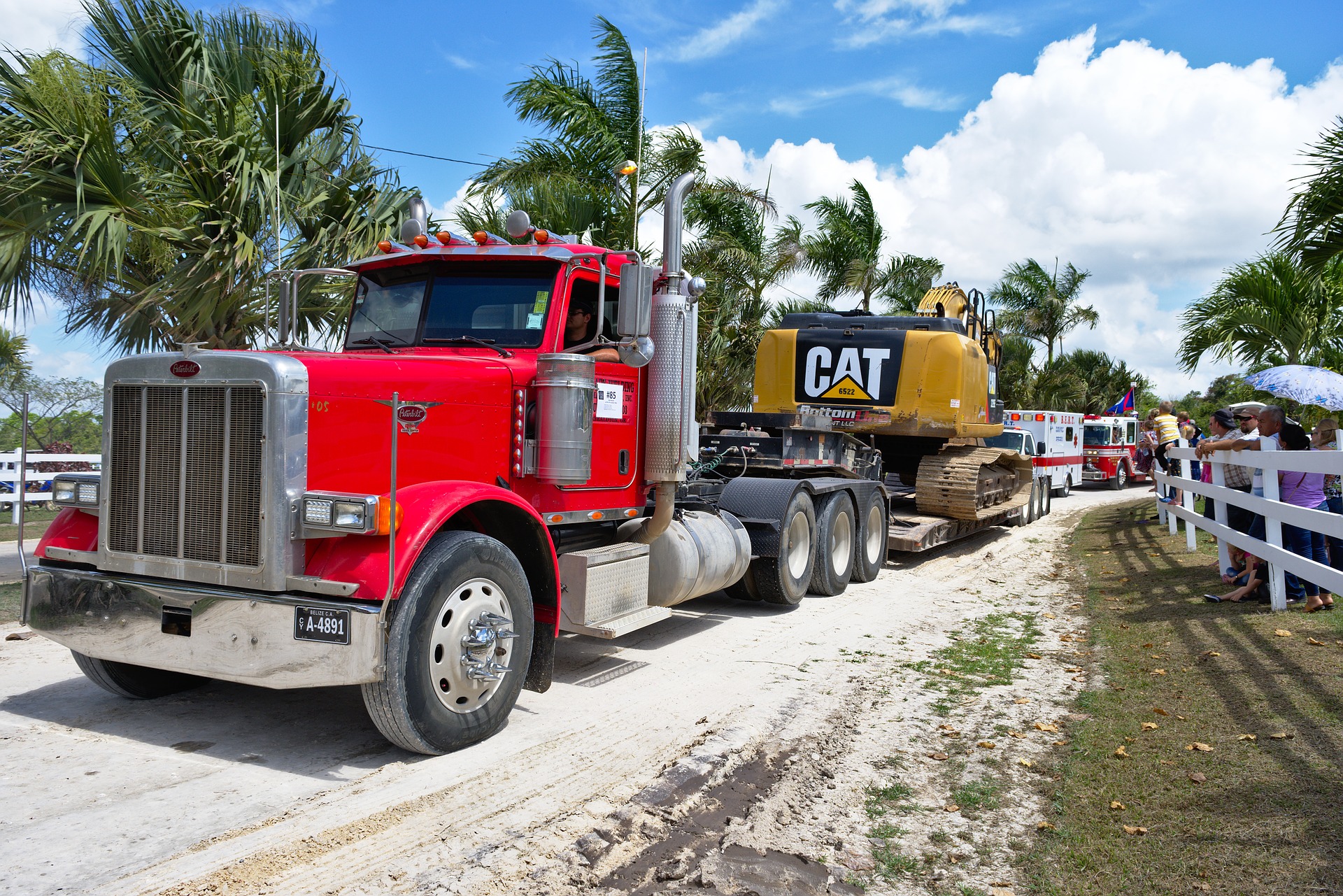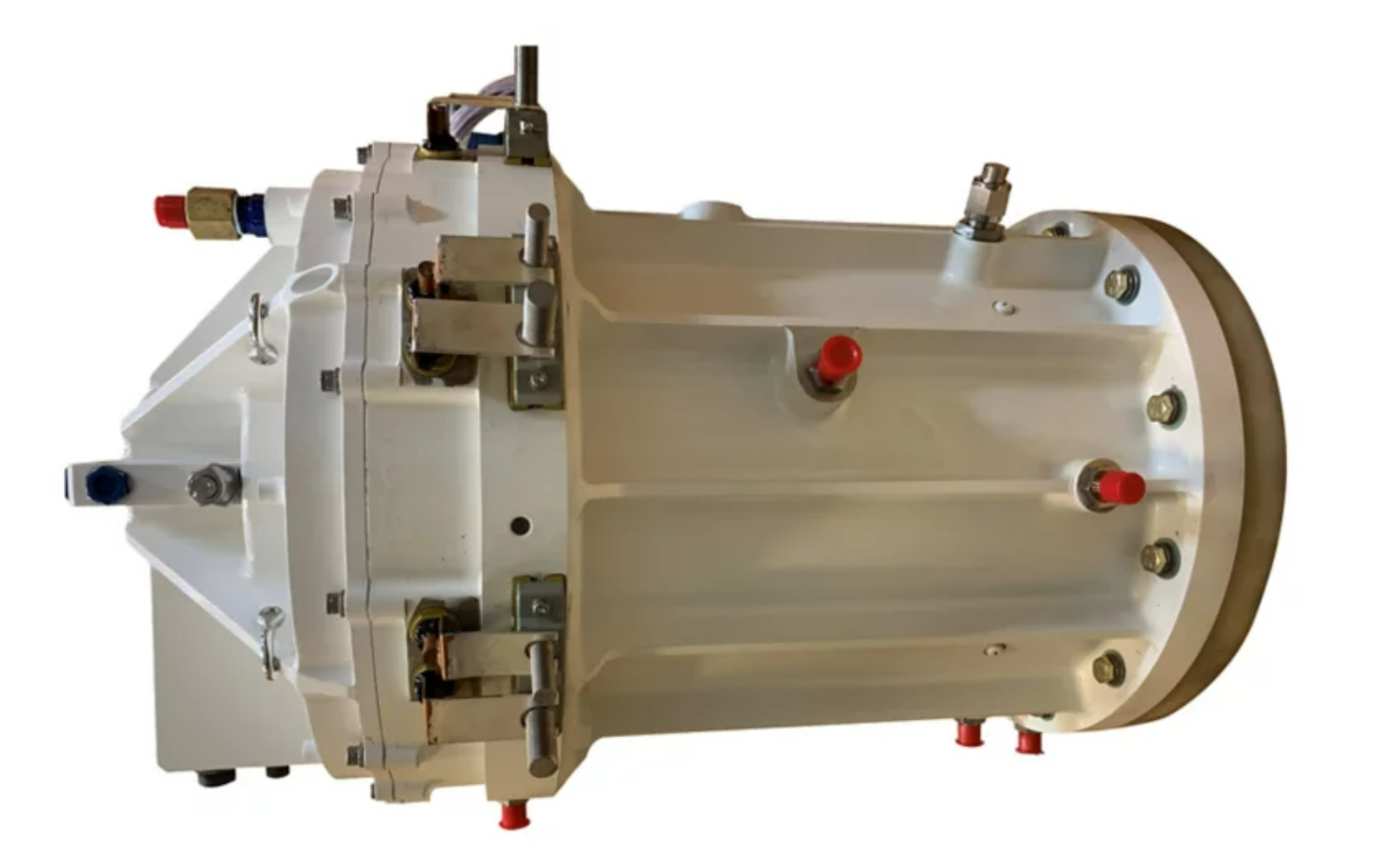How to Safely Haul Heavy Machinery

Hauling heavy machinery is no simple feat — but it’s definitely an essential one.Each year, thousands of pieces of equipment are transported to or from jobsites.
Moving these types of assets safely and securely isn’t to be taken lightly. In 2019, the U.S. Bureau of Labor Statistics (BLS) identified transportation incidents as the leading cause of fatalities at work, with 2,080 fatal incidents. Moreover, the BLS noted that struck-by events involving objects and equipment had increased by 13%, to 786 accidents.
Every employer has a responsibility to safeguard their workers’ safety, to the best of their abilities, at all times. Moving heavy equipment constitutes a potential danger, but it doesn’t have to be risky — so long as each involved party appreciates tHauling heavy machinery is no simple feat — but it’s definitely an essential one. he gravity of the situation.
Before any wheels ever hit the pavement, the first step is to secure all the proper permits for oversized or unusual loads. With the bureaucratic machine satisfied that all parties are operating conscientiously, it’s time to turn your attention to the more detailed planning, followed by the heavy lifting itself.
1. Perform Detailed Inspections Before Moving Anything
Before setting anything in motion or getting on a roadway, remember the importance of thorough pre-trip inspections.
Each job and machine presents a different set of considerations, but even the U.S. Army’s inspection checklist for earthmoving equipment applies to a broad selection of modern machinery.
Inspections should include the following safety points, plus any others that are unique to your assets, environment or situation:
- Check hydraulic hoses for cuts or chafing.
- Inspect tie-down equipment, like chains and straps, for proper load ratings and visible signs of wear-and-tear.
- Does the trailer sit level? Is one side sagging? Check for equal load and weight distribution.
- Check functional items like brakes, horns, signal lights and backup alarms.
- Make sure each tire — on the vehicle and the trailer — is inflated fully and according to the models’ specifications.
2. Match the Trailer to the Load
The trailer is one of the most important considerations in this entire affair. Its physical size is not the only indication that it’s up to the task — there are many other things to think about. A poor match can mean cutting its life short or, worse, experiencing a preventable workplace incident.
Look closely as you’re considering your trailer options. If you need to transport 50 tons of machinery, is the entire 25-foot trailer rated for it, or just one section? Make load concentration considerations central in choosing an appropriate trailer for your equipment.
Deck height is another variable that’s vital to consider ahead of time. One that’s too low might require extensions for safe transport. These are popular because they combine the lower, and safer, center of gravity of a low-sitting trailer with the load-shielding capabilities of one with higher sides.
3. Complete a Risk Assessment
Heavy equipment — especially that’s in motion with a lot of kinetic energy behind it — represents a liability. It’s the responsibility of the companies engaged with moving these items, especially on public roads, to prove how well-prepared they are for the job, including unforeseen circumstances or problems.
Documented risk assessments are an important tool in pre-trip transportation protocols. Senior supervisors typically complete these documents and ensure the accuracy of details like weight loads, timelines, known project risks and all the preparatory steps taken to mitigate these hazards.
Risk documentation is important because it creates a set of known expectations and requirements for everybody in-house. It also signals to partners and clients that you take safety and compliance seriously.
4. Invest in Proper Personal Protective Equipment
Safety stems from a company’s culture. The expectation that industry-standard PPE is worn at all times must be part of it.
It’s essential to outfit every transport vehicle, crew and jobsite with PPE that’s appropriate for the range of tasks performed there. From eye protection to hard hats, gloves, and appropriately colored clothing and signage, be sure every individual feels fully equipped to carry out their work safely and efficiently.
5. Standardize and Follow the Right Steps
As mentioned, the nitty-gritty details of each heavy equipment transportation job will differ depending on the machine, destination, roadway conditions, weather, traffic and a host of other variables, not all of which are under your control.
There’s still plenty that you can control, though, and it starts with making sure each participant knows the steps and how to perform them safely. Consider each step in the rugged-but-delicate ballet that is heavy machinery transport:
- Identify and know how to use appropriate attachment points on the trailer and the equipment for chains and tie-downs.
- Plan which items will occupy which portions of the trailer to ensure equal and safe distribution of weight.
- Place equipment against the vehicle’s or trailer’s structure to eliminate movement in one or more dimensions.
- Take care to protect pneumatic or hydraulic hoses and cylinders, and follow all manufacturer guidelines when it comes to preparing the asset for movement.
- Use chains whenever you can, as they provide the most secure form of tether.
- Lock any articulating features of your equipment so it doesn’t shift while en route.
6. Be a Conscientious Motorist
Not every heavy equipment moving task involves transportation by road. For those that do, it’s vital to remember one last piece of advice — see and be seen. Large items in motion must move more slowly, and that can make it difficult for approaching motorists to judge their own speed.
It’s important to use extreme care when entering and exiting roadways or navigating turns. As large as some heavy machinery might be, the surrounding trees and landscape might make it difficult to be seen from around the bend. Whenever possible, use spotters for high-risk maneuvers.
Remember Why Safe Equipment Transportation Matters
Most importantly, remember why safe transportation matters. Everybody who reports to work each day deserves to return home to their families in the same condition they left. Many of us take safety and security for granted in the workplace, but employers don’t have that luxury. Safety is a cultural issue — and culture filters down from the top.





